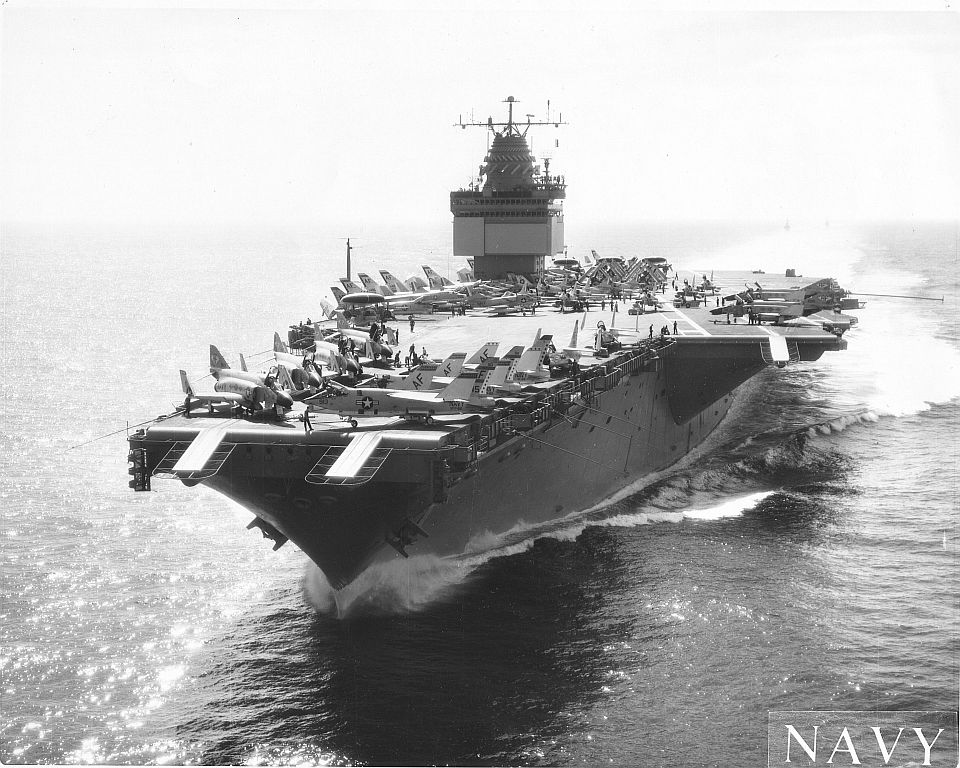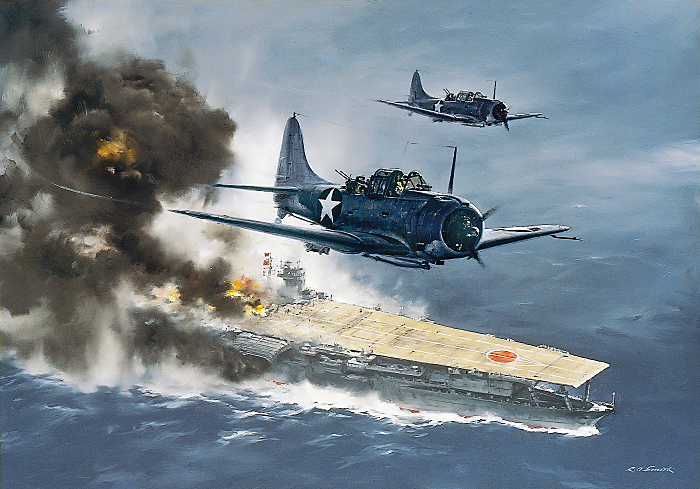Effective Command Use of New Media

One of the long-time fixtures of the annual Tailhook National Symposium (nee ‘Reunion’) was the Flag Officer panel. In this forum, the panel fielded frank and blunt questions from anyone in the audience – JGs and Ensigns included. The only requirements were to maintain a modicum of respect and for the assembled flags to provide straight answers. Problem was, this was once ayear and reserved for reunion attendees (and having been to a few, we can attest to the frankness of the Qs and As…) – if you weren’t there, no chance. Some other fora eventually adopted a similar scheme, but always hampered by the same problem – how to reach a wider audience and while retaining the utility of these exchanges?
The advent of new media has been somewhat of a challenge to many of the seasoned uniformed and civilian leadership inside and out- of ‘The Building’ (aka ‘five-sided wind tunnel’). For some, the features new media presents are just another distraction from the necessary workday grind expected of their people. Others feel their positions of leadership directly challenged by the sometimes wild-west nature of the beast. Still, there are others who having observed from close aboard, adopted, adapted and deployed new media tools and in the process, have begun establishing new linkages and internal/external lines of communication. Examples include several of the current and former Combatant Commanders, notably ADM Stavridis, and the Vice Chairman of the Joint Staff. Over at Fleet Forces Command, ADM Harvey has made the transition from commenting on the USNI blog to establishing a command blog upon his assumption of command at FFC. And right out of the box, he’s getting ti right:
“I would like to hear from you regarding the fundamental manpower requirements for your ship, squadron, or unit. What changes would you make to your Officer Distribution Control and Enlisted Data Verification Reports that would better enable you to execute your current operational requirements? Please include in your response the type of ship, squadron, or unit you are referring to so I can put your remarks in their proper context. I would also like to know the rationale for the proposed change. For the purposes of this thread, I am directing this question primarily to those currently in uniform and part of the USFF team.”
The Fleet has heard and it is responding:
Admiral,
I just finished my 05 command tour and I believe that the reduction in manpower has been accomplished in a manner that does not allow us to follow the basics. . . My suggestion would be to set up a combined maintenance, operations and training counsel within 30 days of a ship RETURNING from deployment.
Admiral,
Thank you for the opportunity to give you Fleet feedback. I recently completed my airwing squadron command tour. Here are four things I’ve seen that challenge us wrt manning. Two of these issues relate to IAs, but I think they still fit in the context of achieving proper unit manning with wartime demands and limited funding. . .
ADM
Our Navy’s number one assest is people, second is aircraft carrier’s. Optimum manning experiment recommendations removed the life-long tradition of AW’s manning the ASW module on CVN’s. Not only were they not initially replaced, but training this skill set also went away. Now we have a mixture of the STG/OS rate onboard with no training, NO CPO billeted to be in charge, and new technology. So what happens is, the STG who select the choice of a variety of duty like career sailors are told to are now hamstrung. Officers in charge of the module are looking for some help because they don’t have that resident expert CHIEF, and some have never worked with STG’s before. Hopefully we can look at this issue before we have CVN in a knife fight with a threat submarine. . .
ADM,
Thank you for the opportunity to opine. While I am only a humble LTJG, I can offer a few inputs within the framework given that I feel can help things. These suggestions are somewhat tailored to a CRUDES background, since my service so far has only been on destroyers. However, I am sure that there is applicability fleet wide.
1. More schools prior to reporting aboard. For example, CTRs require about six schools for the C2W warfare area, all of which take about a week. Could these not be rolled into one course done prior to reporting aboard the ship? . . .
. . . and there’s more. See the rest of the running thread and ADM Harvey’s responses here.
Oh, and one interesting metric — check out the tag cloud on the home page for the topics getting the most attention: ASW and LCS.



I wouldn’t put too much stock in the tag cloud yet, only two posts each for those topics, compared to one for each of the other tags. Give it time.